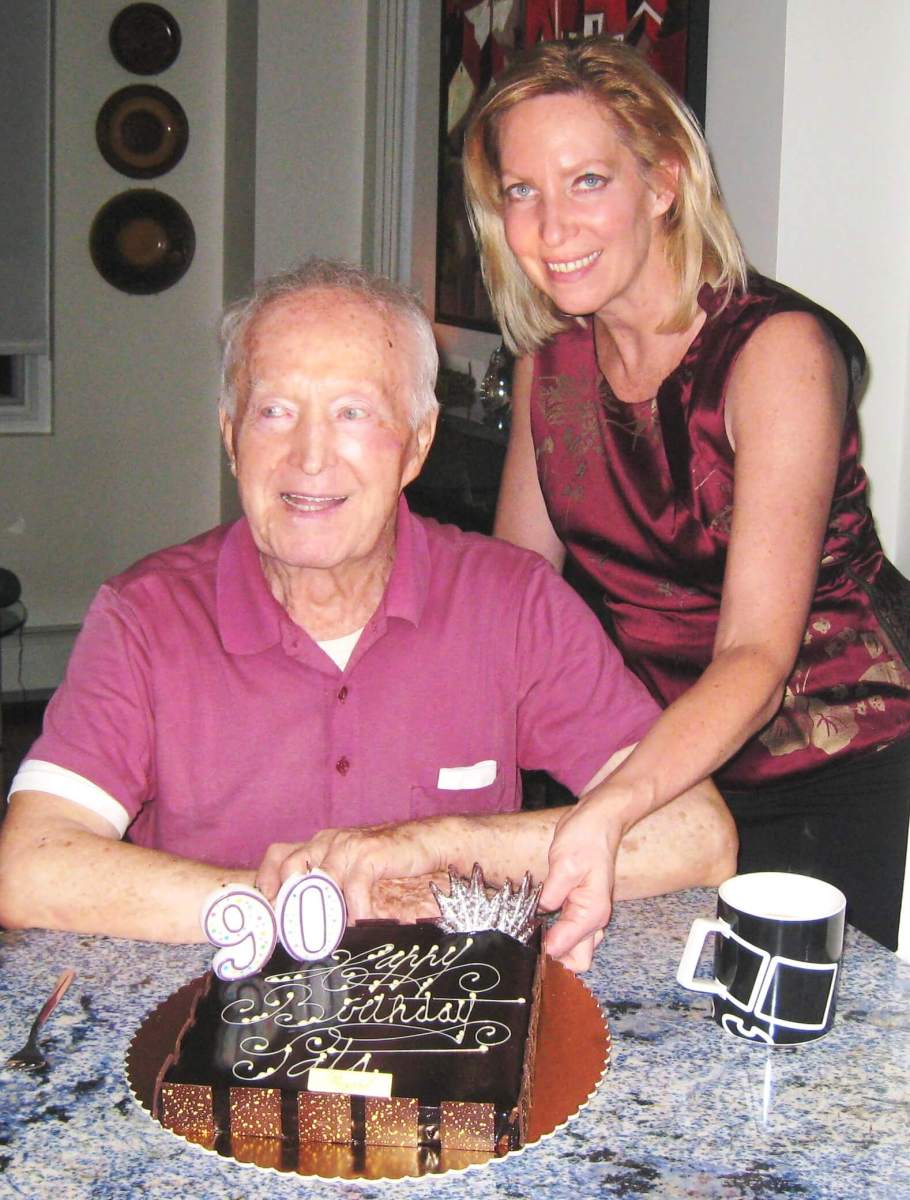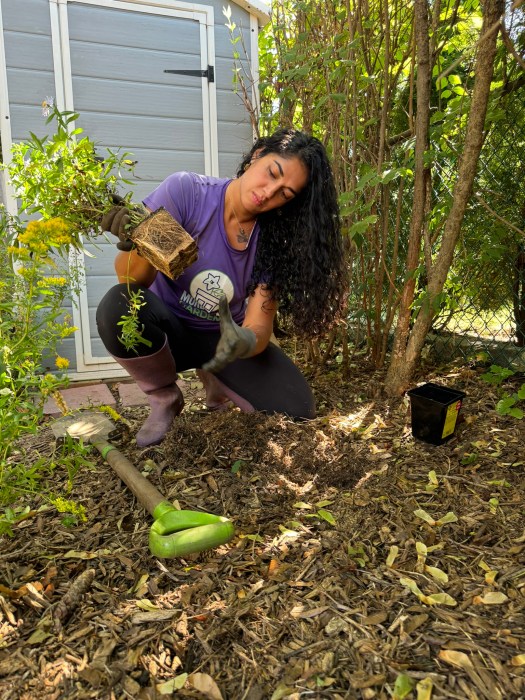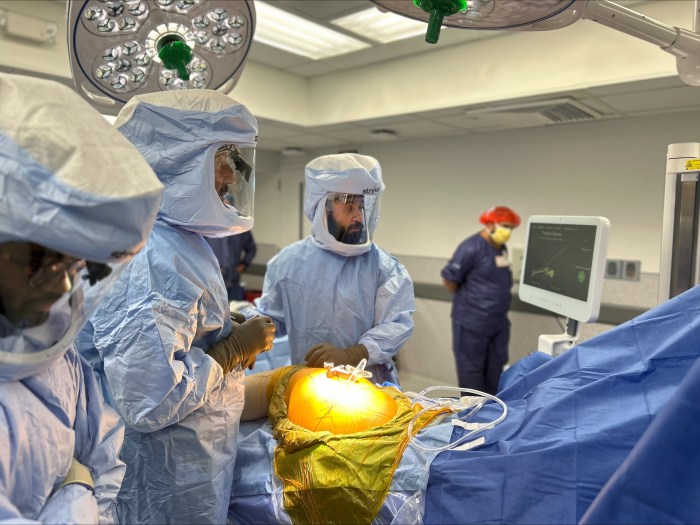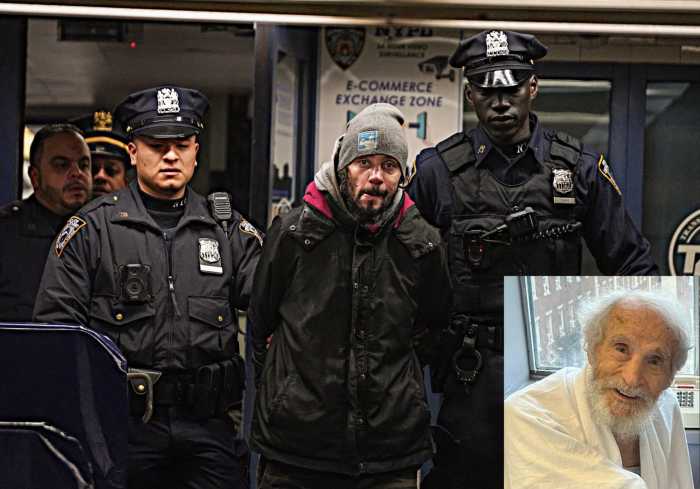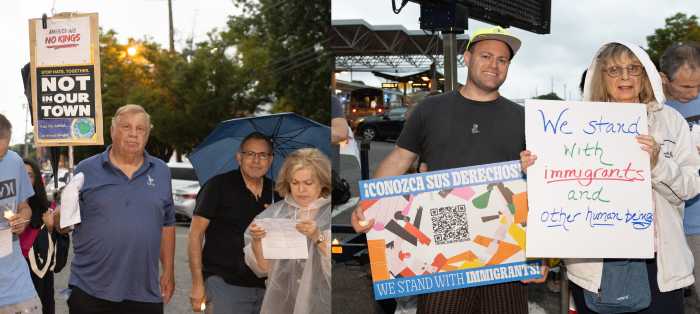
Living long enough to celebrate a 90th birthday would be something special for anyone. It would be something “extra special” for anyone who had to spend several years in the Auschwitz death camp and suffer the brutality of Hitler’s SS.
Waclaw (Walter) Kolodziejek of New York City is someone who just celebrated such an “extra special” 90th birthday. Still in good health despite all the physical abuse and psychological horrors he endured while an Auschwitz prisoner, he blew out the candles on his cake with a deep sense of gratitude and awareness of just how special this birthday was.
Special is one thing. It’s something else when you are considered unique. That was what the Auschwitz Museum told Kolodziejek he was when he visited Poland last summer to show his daughter, Patricia the place where he almost died.
Kolodziejek is a Polish Catholic survivor of Auschwitz who was among the first prisoners ever sent there. He was 18 years old when he arrived, just two months after the Germans opened it in June, 1940.
Once there, they immediately branded him with the number 2254, a low number identifying him as one of the first entrants to the camp.
If you ever talked to an Auschwitz survivor, his or her forearm would usually exhibit the number the Germans gave such a prisoner upon arrival. Not so with Kolodziejek. His forearm will not show a number because the prisoners who first arrived there – the Polish Catholics – had the tattoo number placed on the chest instead of the forearm. Only later did the Germans begin using the forearm for the Auschwitz number.
It came as a surprise to the administration of the Auschwitz Museum when Kolodziejek and his daughter arrived there and disclosed his chest tattoo. The museum staff believed all the early Polish Catholic survivors with the number on the chest had already died. They had no record of anyone else like him still living.
Perhaps it would also be appropriate to call him “the strongest of the strong.” While others died from the unbearable torture, beatings and whippings that went on, Kolodziejek held on to life and endured the pain. Auschwitz doctors conducted medical experiments on him but he refused to accommodate the Germans by refusing to die.
His stubborn resistance to the cruelty with which the Nazis treated him both frustrated and fascinated them.
“They referred to me as the ‘hard as stone’ Pole,” he said. “During my first two years in Auschwitz, most of the prisoners were Polish Catholics like me.”
Mass transports of Jews began in 1942, shortly after the Germans devised the “Final Solution” at the Wannsee Conference.




